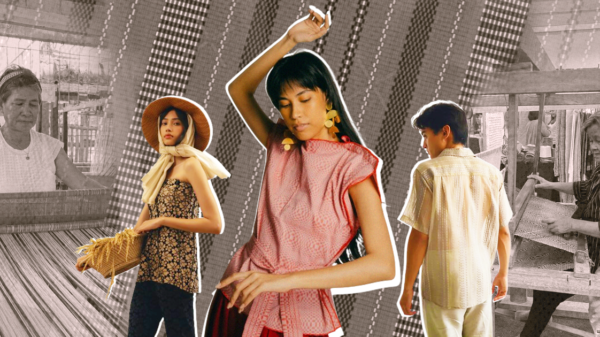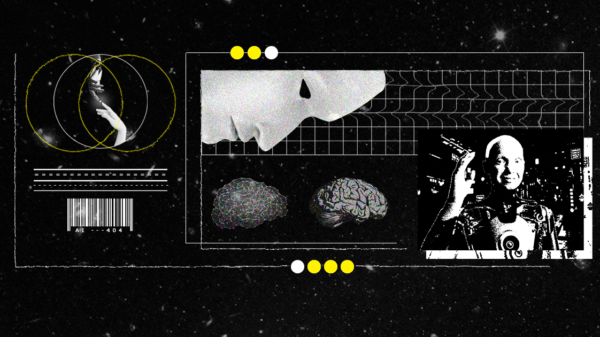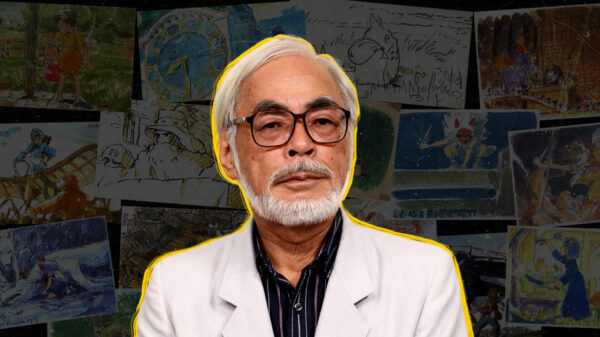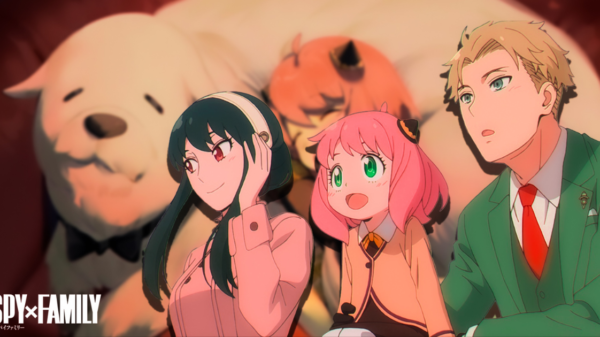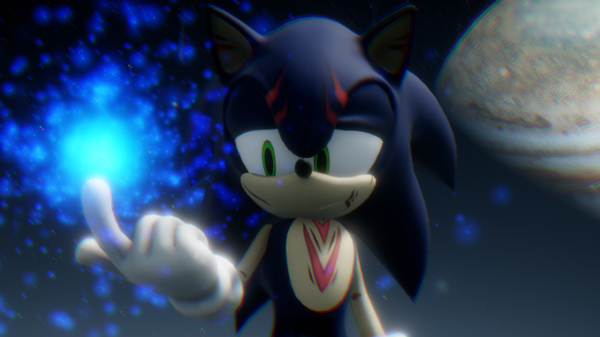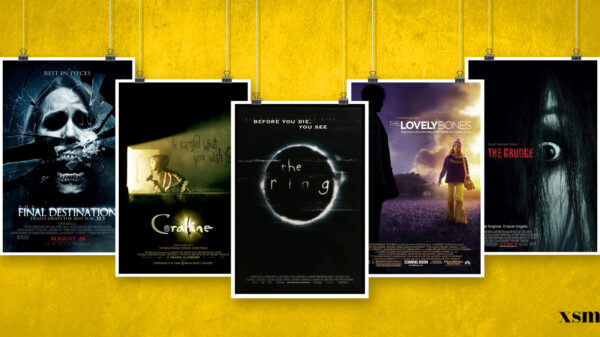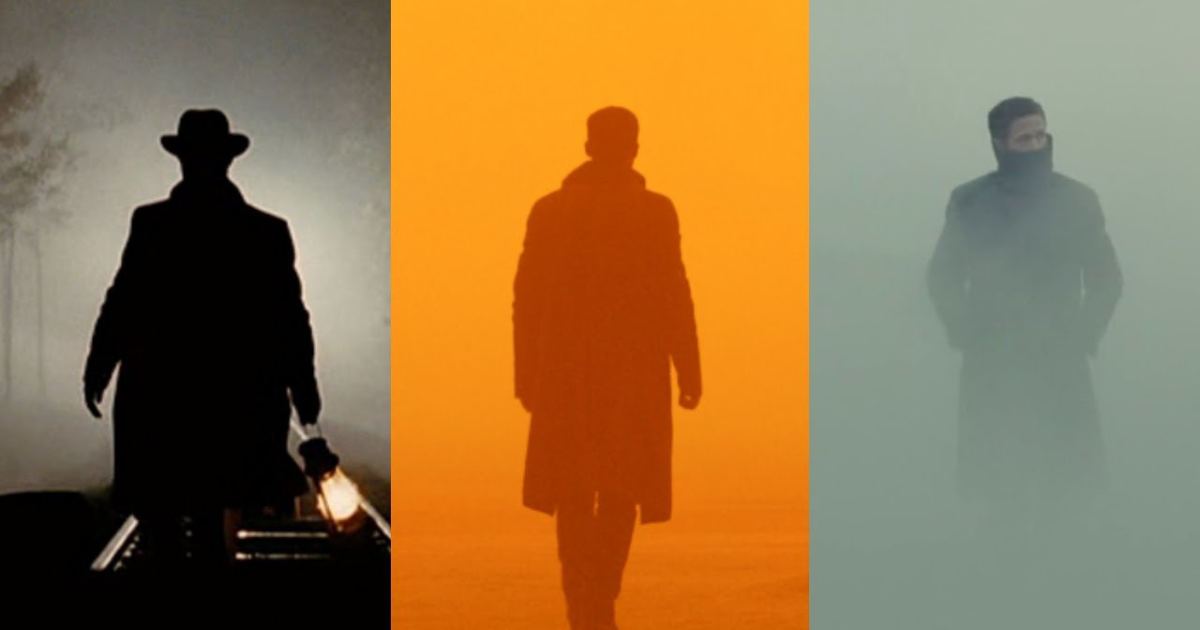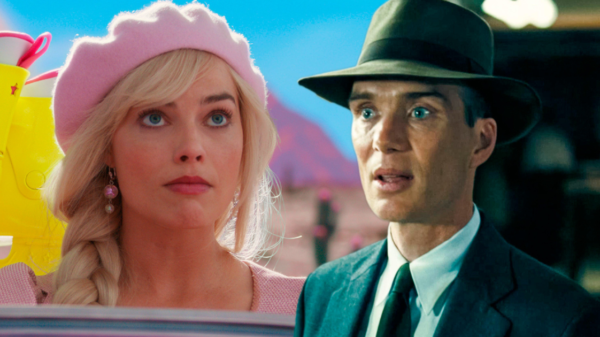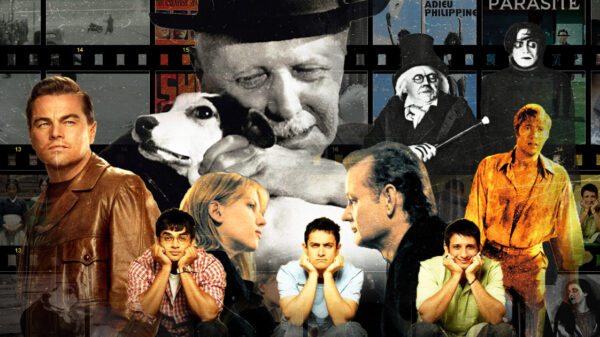Silhouettes are the main visual aesthetic of Roger Deakins. You might be wondering, what are his notable films?

You need to hold your breath as you learn that he was the man behind the films: Legends of the Fall, The English Patient, Titanic, Crouching Tiger, Lord of the Rings: The Fellowship of the Ring, Slumdog Millionaire, Life of Pi, and Birdman. And what do these films have in common? These films won the Best Cinematography Oscar in their respective years and which prevailed over nominated films from the master, Deakins.
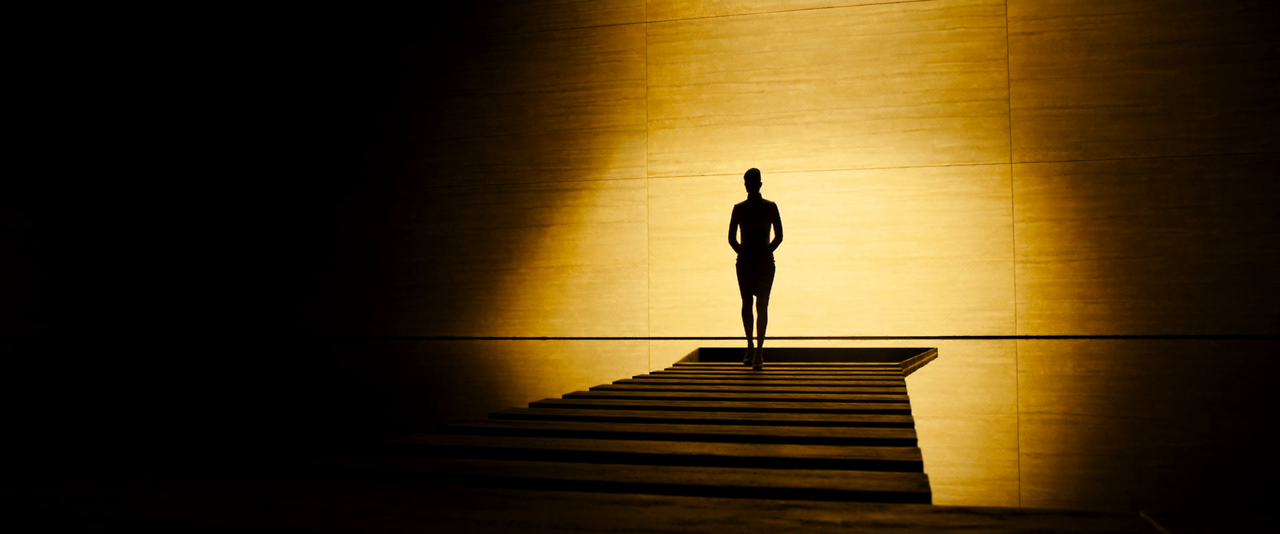
There are many facets of the cinematography of Roger Deakins that make him one of the foremost directors of photography not just of his time but all-time, but if you had to select one as a signature of his aesthetic, undoubtedly that would be his frequent framing of characters in silhouette.

Deakins has employed silhouettes to convey a broader variety of implications, including authority. Like for example, the steam-encircled figure of Jesse James staring down a train which indicates proficiency, like the DEA Agents of Sicario stalking, guns raised, at dusk – urgency, and James Bond running against the burning backdrop of Skyfall – resolve and determination.
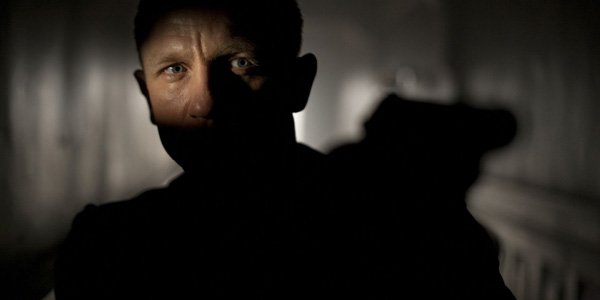
THE USE OF SILHOUETTES
You use silhouettes to define the characters and situation.
To build gravity

In cinematography, it combines the relationships described from the protagonist to its environment. We can see each relationship shining through, and we understand the great importance of this seemingly simple moment. The use of silhouettes here is to define characters and situations in an elegant, crystallized visual portrait.
To heighten the drama
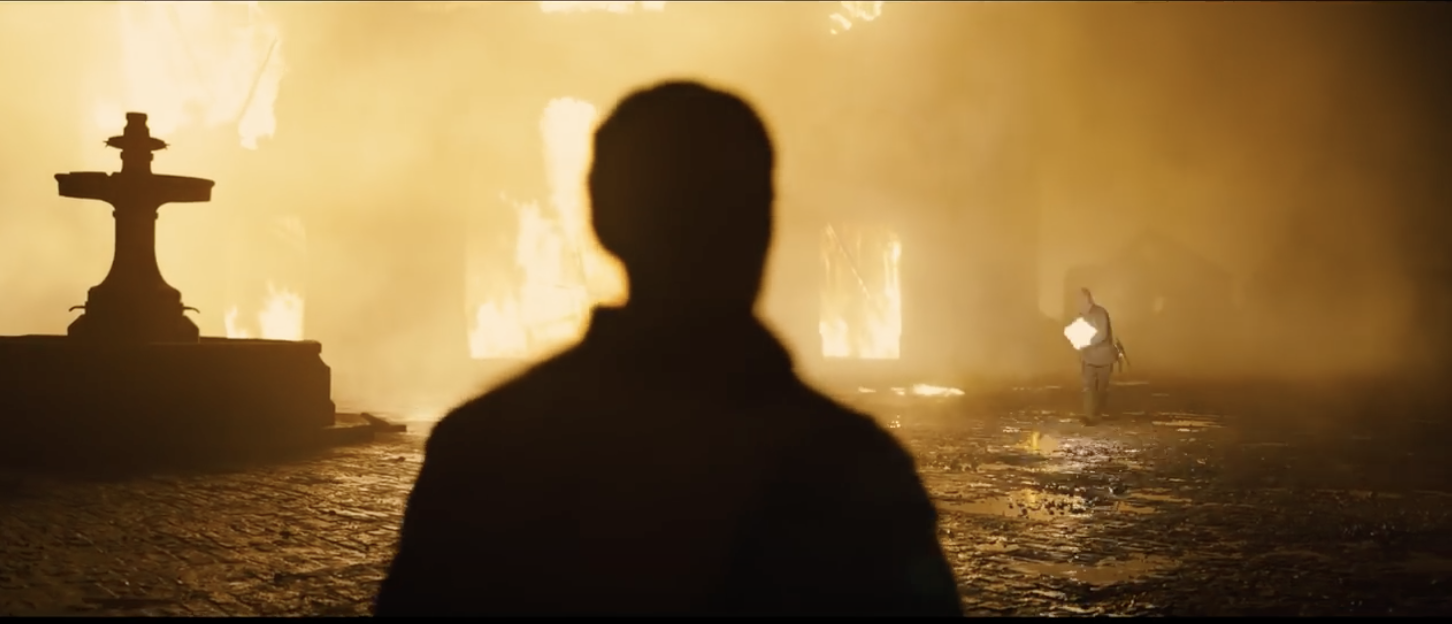
The scenes should push tension to the breaking point, but would not be nearly as taut if we saw more details and allowed ourselves to be distracted by them. When crafting a particularly tense scene in a film, consider using the silhouette to ratchet up the tension. Contemplate how you want your viewers to feel, and ponder how the silhouette might implant that feeling on viewers’ minds.
To show the weight of what the characters carry

In here, smaller and smaller circles are combined for you to come up with a strong large picture in your mind. The use of darkness and light here helps us understand the conflict while resolving one issue to another. Consider the silhouette for stories in which morality plays a huge part.
CONCLUSION
This is probably his style over centuries and people know him for this. Deakins has transformed a facet of German Expressionism borrowed stateside by Film Noir from an element that embraces darkness into an element that excepts light and either hides from it, stays ahead of it, or yearns for it, and the emotional, cognitive, and narrative consequences of this evolution have led to some of the most memorable and important film imagery of the last half–century.


Truly breathtaking, his legend on these types of film lives on. A cinematography that is impactful, versatile, and known for its boundless beauty.











